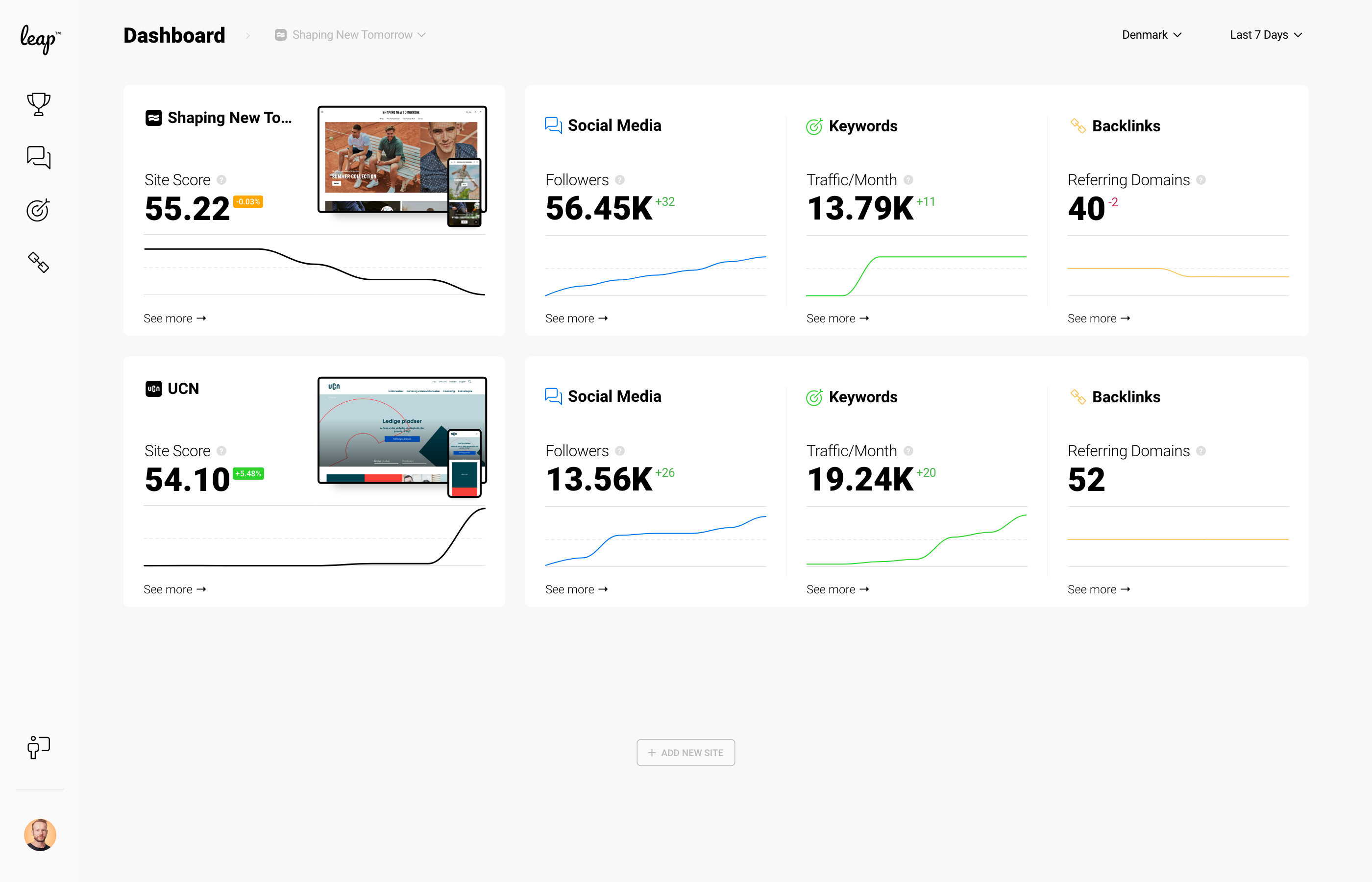Lars Ettrup is founder of Linkfire. His passion lies within tech, data and the future of creative industries. Linkfire is not his first rodeo building a business. Lars was also Co-founder of Curious who got acquired by Patchwork in 2015.
For lack of better wording, team-market fit is by far the most important measure of success early on. Ask yourself the following questions:
Success should be measured in the ability to launch some kind of tangible prototype, but really it should be measured in emotions, alignment and team spirit! Is there agreement on the vision? And the mission?
In Linkfire we went through 5 co-founders early on because we did not have this under control. We wasted time on team challenges and lost momentum.
Everyone in the team should understand the value proposition to the market.
At Linkfire we created a simple, simple prototype and tested the prototype and our value proposition within different verticals. We did not know ANYTHING about the music industry but got in dialog with a team of student assistants at Universal Music. We spent several weeks iterating with them and co-developing the initial prototype and finetuning the value proposition. In many ways, we were just executing what they told us about their pains and the potential solution.
I would obsess over understanding our value proposition to the market. Test it out. Ask questions to potential clients. Challenge it within the team. Avoid BUILDING before asking critical questions.
Ask yourself the following questions:
Get started adding some numbers to this. It will make you smarter once you start hitting go-to-market, scale and fundraising (if you need investment).
I took us about 3 years to create our first credible addressable market estimate. I wish we had been clearer about this earlier on. But we were inexperienced on this front. We came from a marketing background and did not fully understand why and how we should use this in our business model and go-to-market strategy.
Now it’s a critical part of our strategy, quarterly targets, etc.
The important thing here is to NOT go abroad for the sake of going abroad. Obsess over early success indicators around your value prop. MAU’s, DAU’s or whatever you use to determine stickiness, engagement, and retention.
Start understanding your market, new markets. Understand your CAC, LTV. Get them inline. Build the foundation for your repeatable machine.
Create your north star. The one metric that matters. At least for this period.
At Linkfire we obsess over “Daily Visitors”. It’s part vanity metrics, part directly contributing to our revenue.
Deploy the repeatable machine. If you don’t have the repeatable machine. Wait. Get it in line. It can take years!
If the numbers don’t lie, and growth rates works, then deploy most resources into sales. As much as possible. If in doubt whether to spend money on sales or product. ALWAYS sales. If you ever need to raise funds topline performance beats product performance any day.
Make your repeatable machine flexible. Adapt to market conditions. Evolve it. Stay very close to your clients. Watch your growth metrics but MOST importantly watch your engagement and retention metrics.
I’d say the “easy part” of running a SaaS business is that you pretty much get handed your metrics on a silver platter. If you don’t know what you should measure, you’re running the wrong type of business.
There is no shortage of tools for SaaS business, so you most likely don’t have to “build” much initially. Stack it into a product.
This is where most go wrong. You cannot over prioritize sales.
